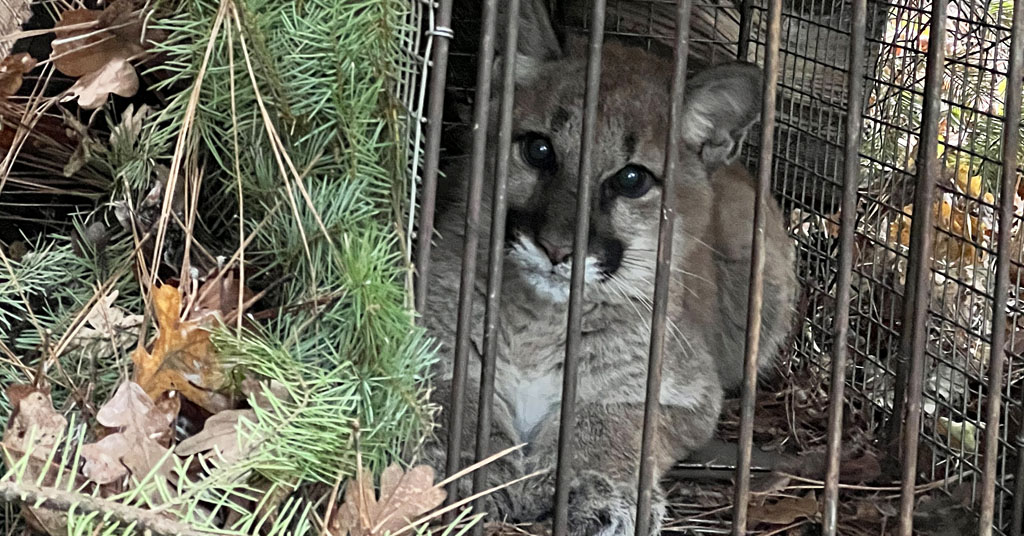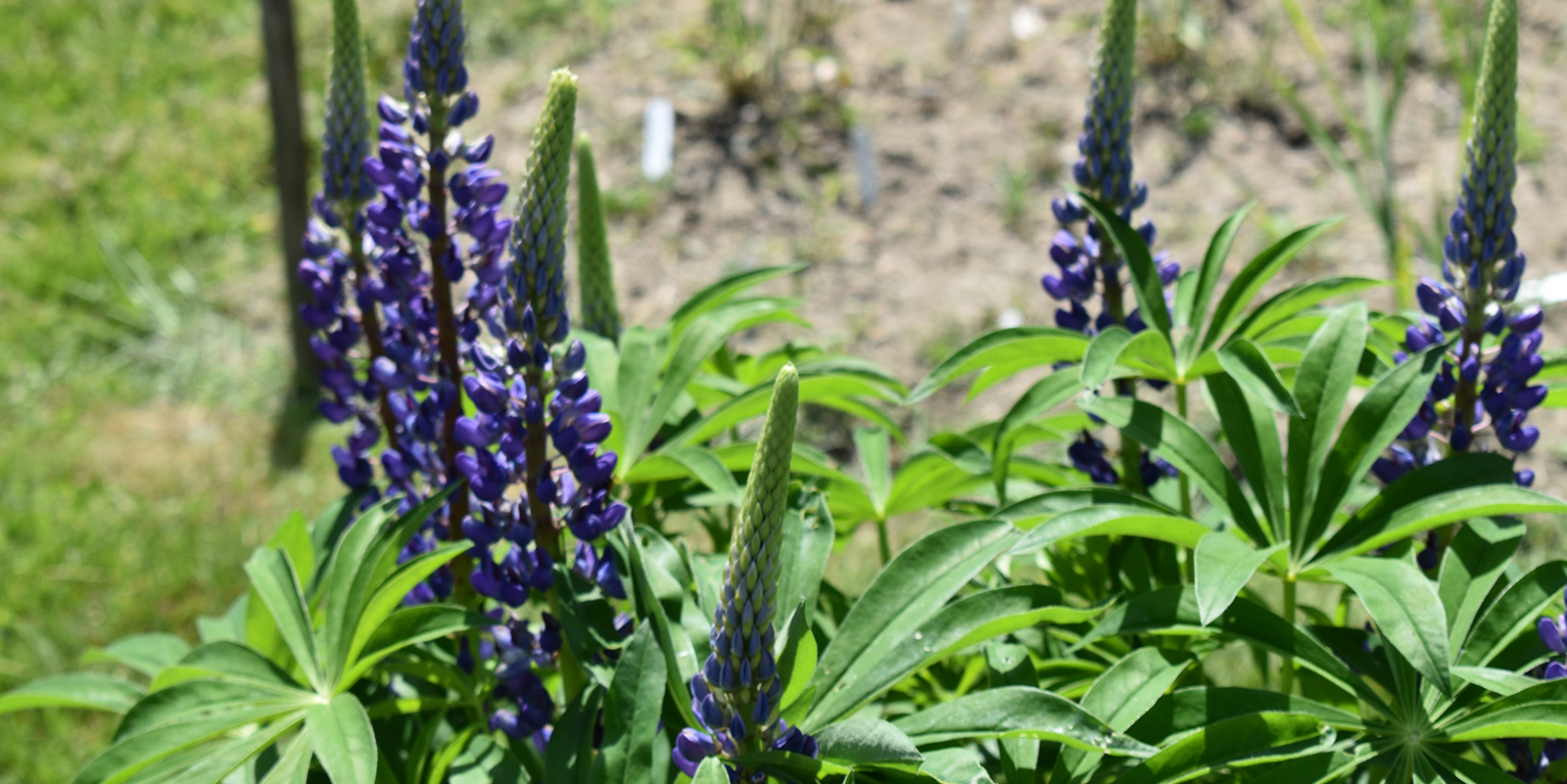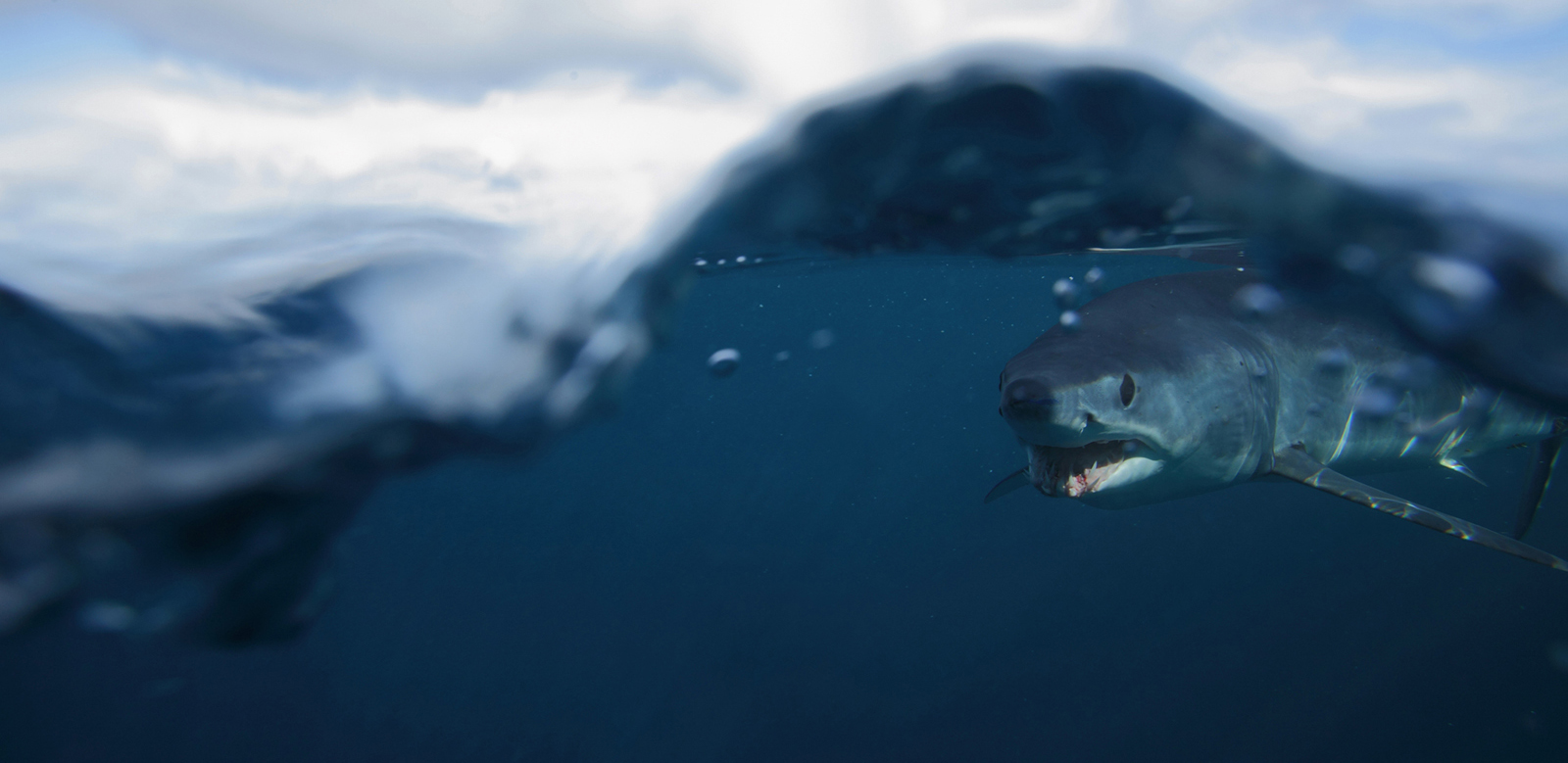League of Extraordinary Youth Battle Rhode Island’s Invasives
July 27, 2017
TIVERTON, R.I. — For five weeks this summer, six high school students and a college sophomore will tear, chop, cut and pull oriental bittersweet, black swallow-wort, privet and a host of other invasive plant species from conserved lands across the state.
The Rhode Island Youth Conservation League was created seven years ago by the Rhode Island Natural History Survey, the Audubon Society of Rhode Island and the Rhode Island chapter of The Nature Conservancy. It was formed as a follow-up to the Natural History Survey’s 2010 Forest Health Works Project summer youth crew.
On a late-July day ecoRI News caught up with the six teenagers — Keishla Santiago-Garcia, Edward Moniz, Courtney Naughton, Deanna Phan, Grace Rumowicz and Anna Stansfield. The high-school sophomores and juniors from North Kingstown, Central Falls and The Greene School were at the Emilie Ruecker Wildlife Refuge on Seapowet Avenue. Wearing matching yellow T-shirts, the students, led by Audubon Society conservation assistant Kyle Hess and University of Rhode Island sophomore Brittany Amaral, were clearing trails of fast-encroaching oriental bittersweet and in-the-way tree branches. They also spent a considerable amount of time avoiding poison ivy.
So far this summer, besides working at the Emilie Ruecker Wildlife Refuge, the group spent four days on Block Island and spent time at the Narrow River Land Trust’s Winter Preserve in South Kingstown, securing a trail with water bars and clearing brush from old building foundations and an historical cemetery.
But beating back invasives trying to take over preserved Audubon Society, The Nature Conservancy and Rhode Island Department of Environmental Management lands is the main task of this annual summer crew.
In 2011, for example, the group of teenagers eradicated mile-a-minute vine from many Rhode Island locations.
The program’s goals are to create summer jobs for high-school students that include outdoor stewardship work around the state, address the need for hands-on labor to help steward Rhode Island’s protected land, and strengthen connections between people and nature.
Students work four days a week, from 8 a.m.-4 p.m., and are paid $9.60 an hour, Rhode Island’s minimum wage. Funding has come from the National Fish & Wildlife Foundation, the Rhode Island Conservation Stewardship Collaborative, National Grid and others.




This is great for students and may inspire them to follow with Environmental studies and a lifetime of stewardship. Hopefully they will teach others as well, especially landowners to police their properties for invasive species.